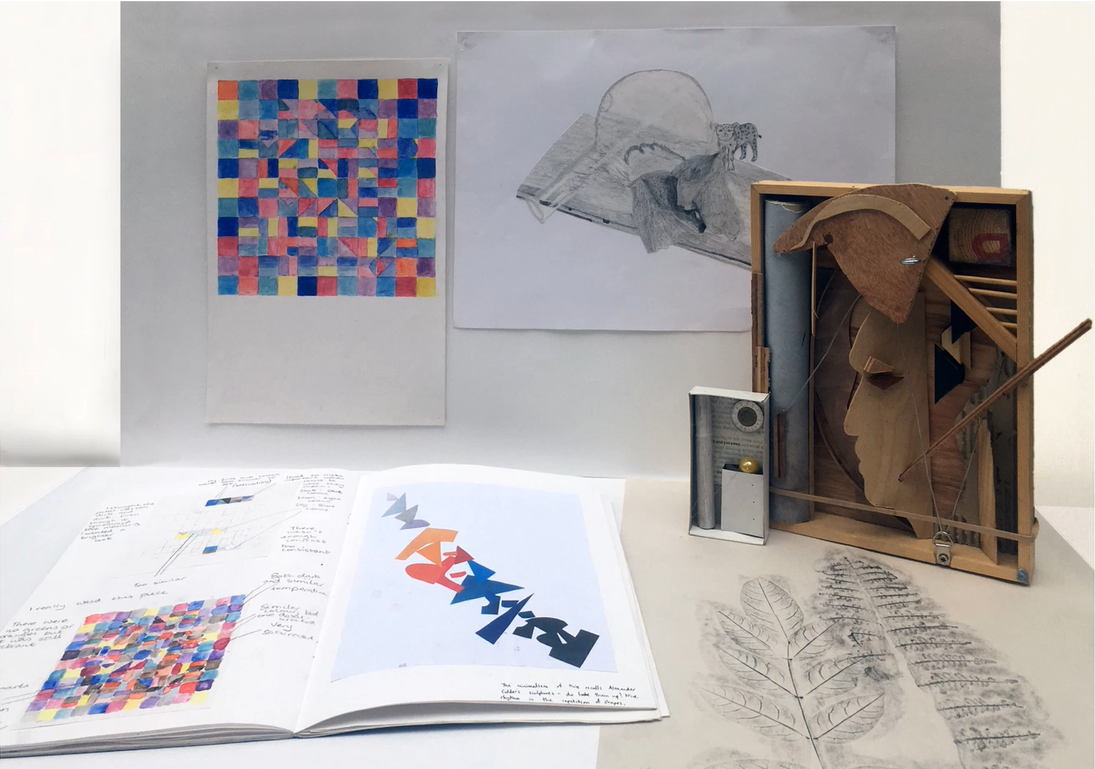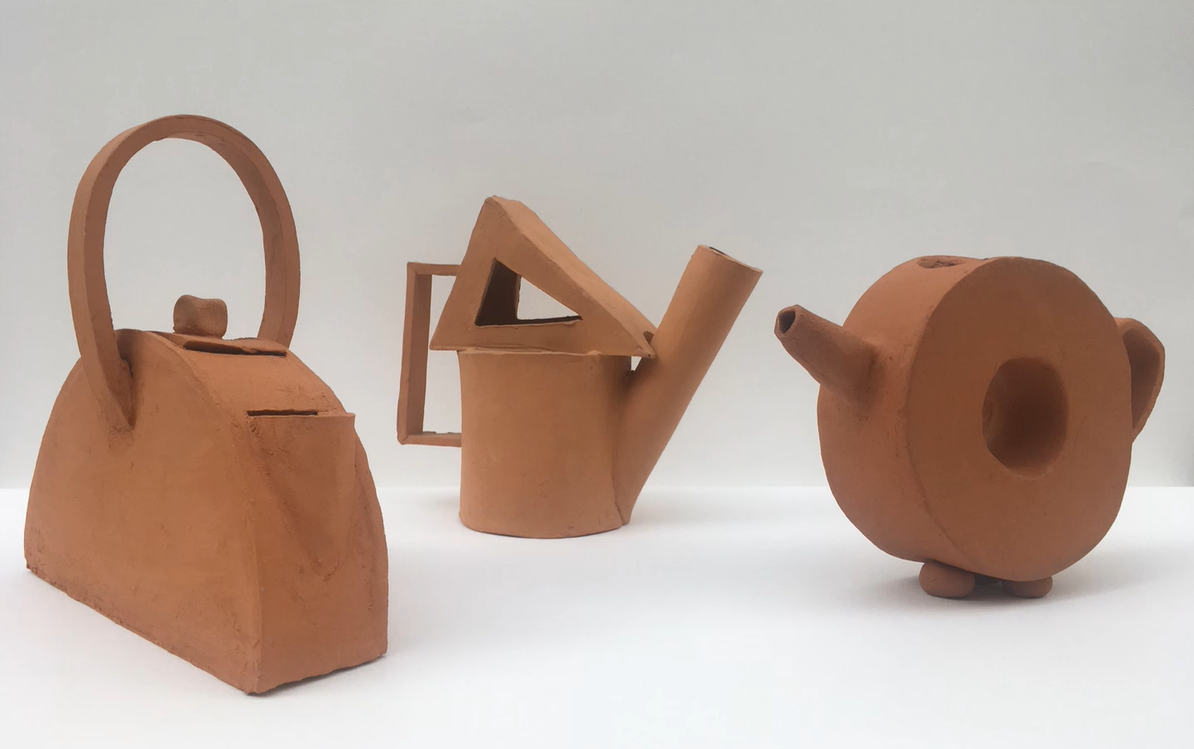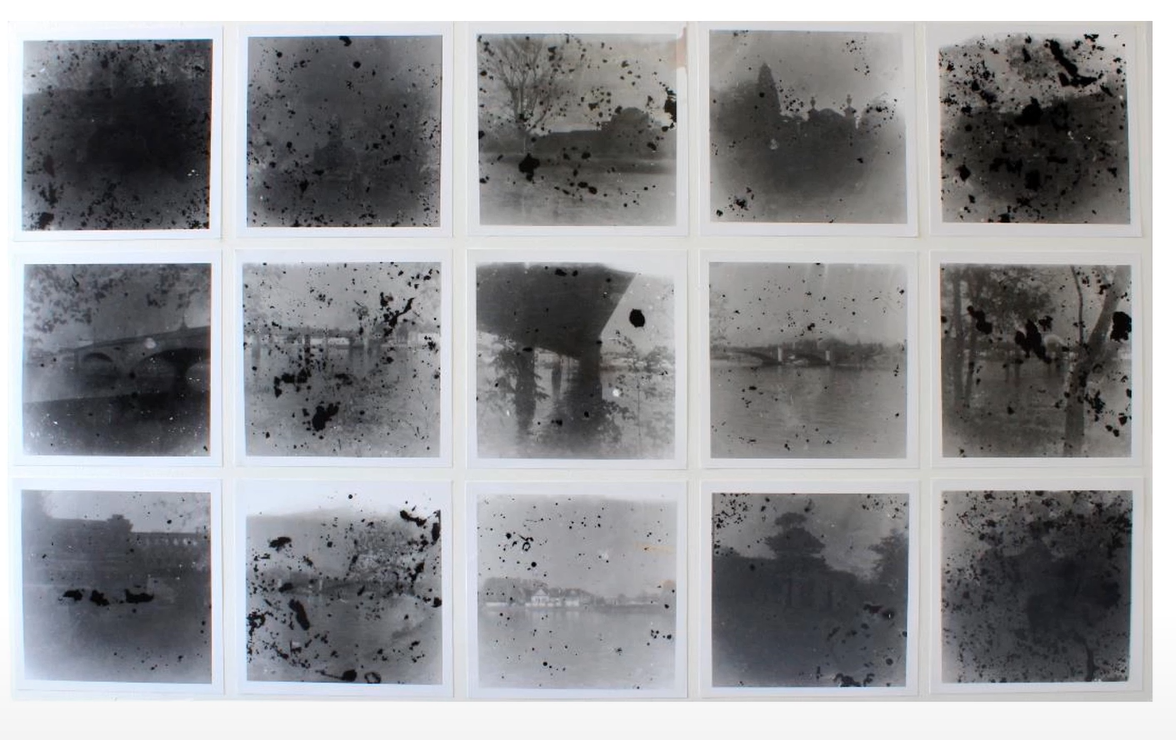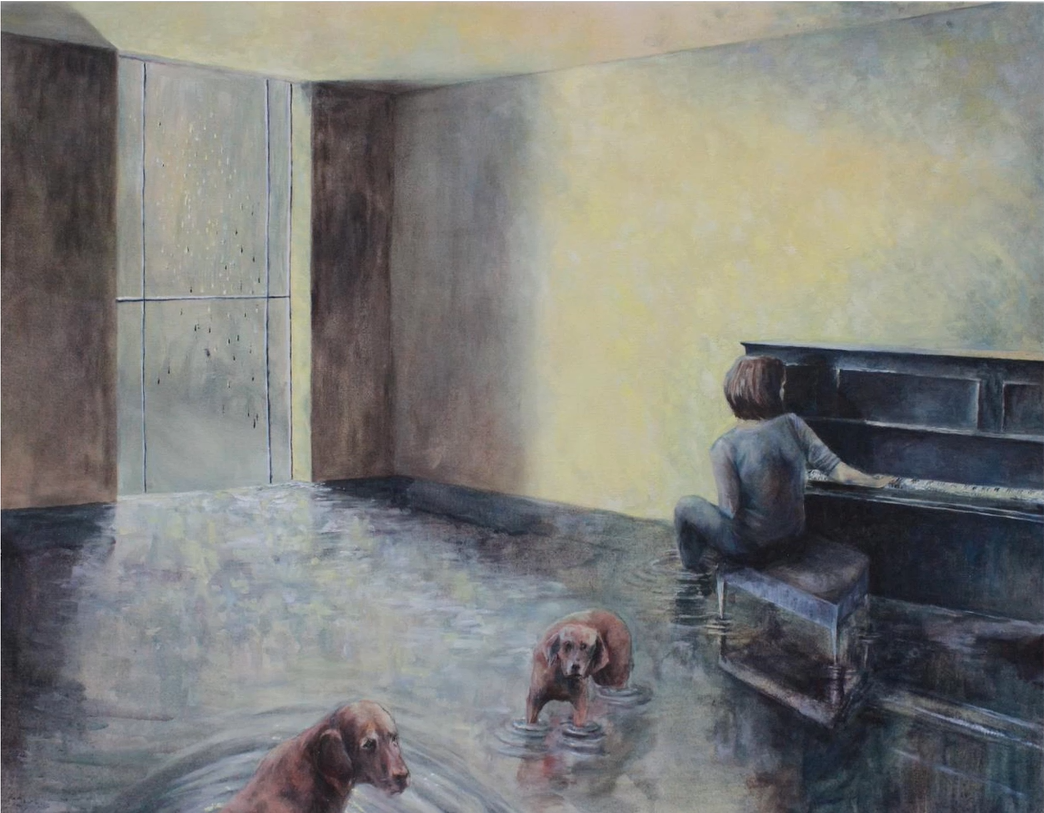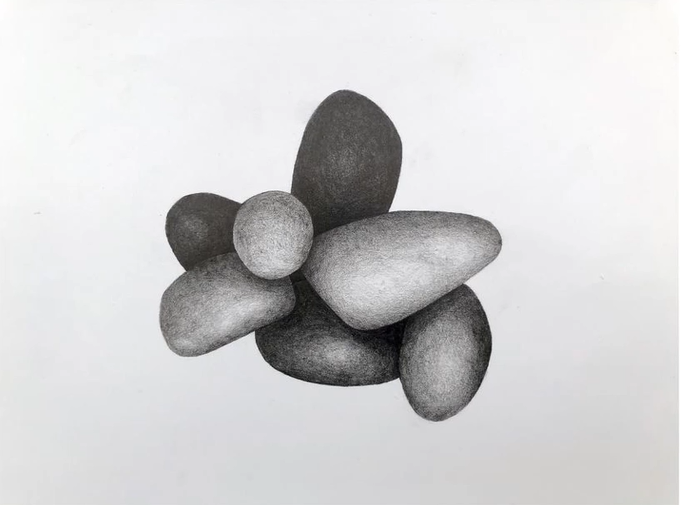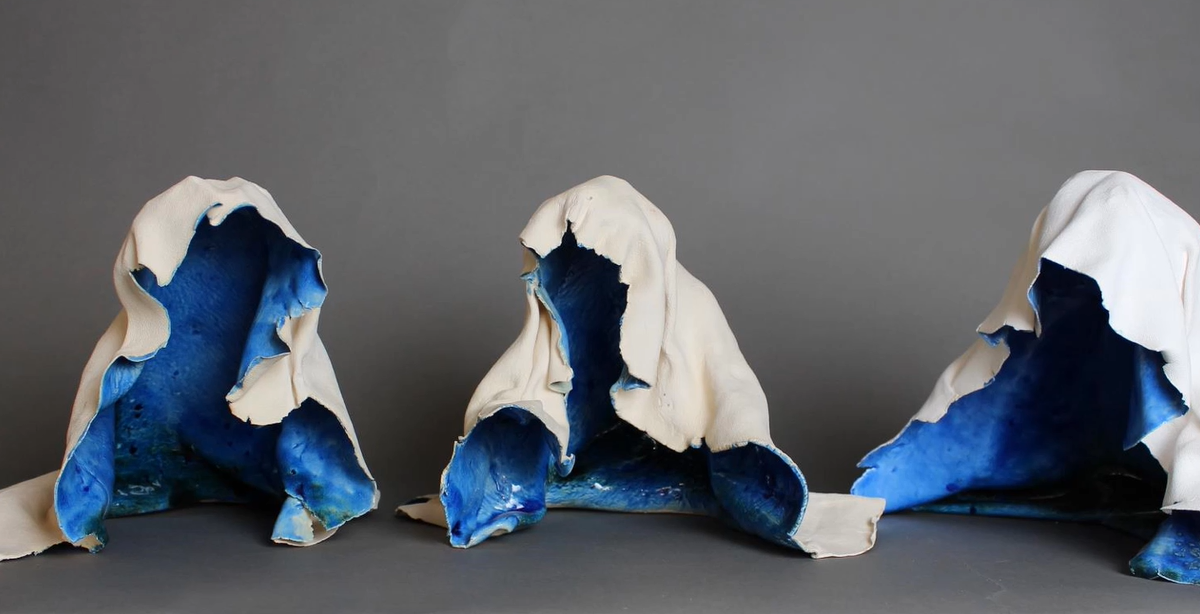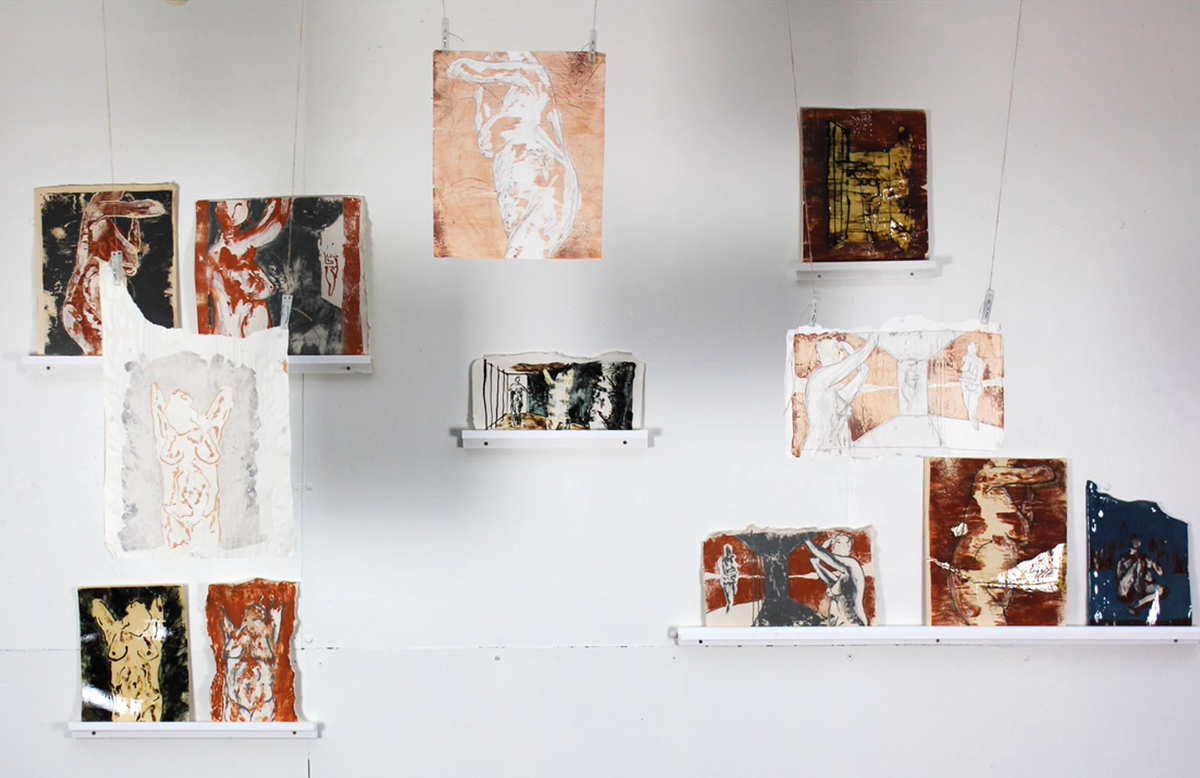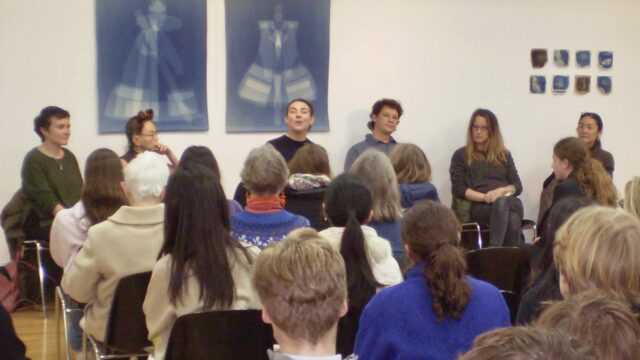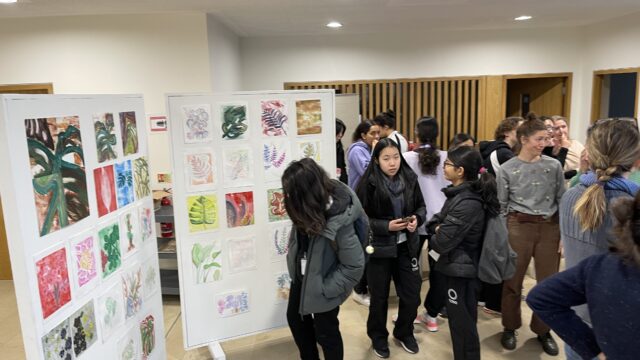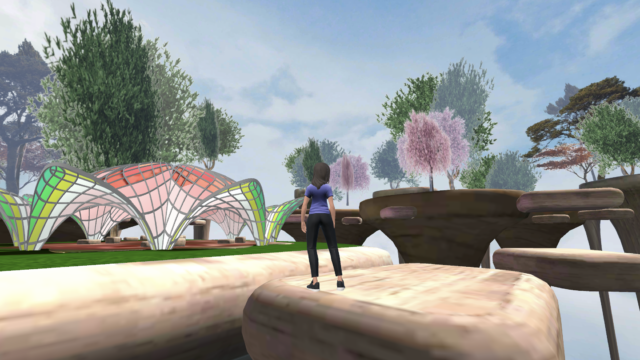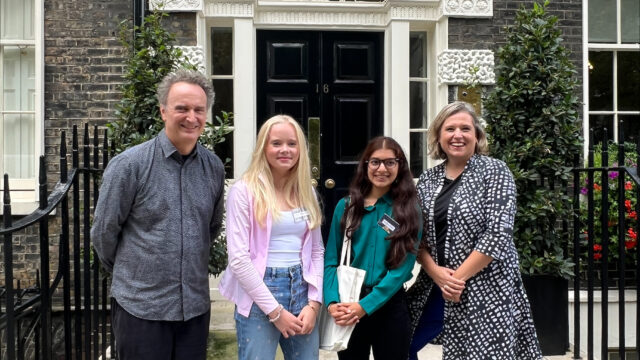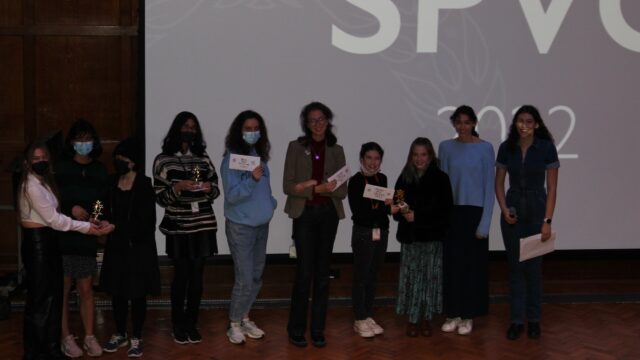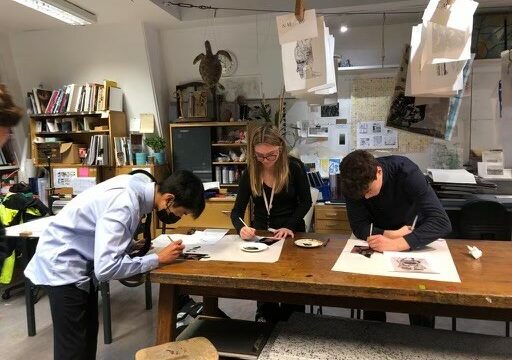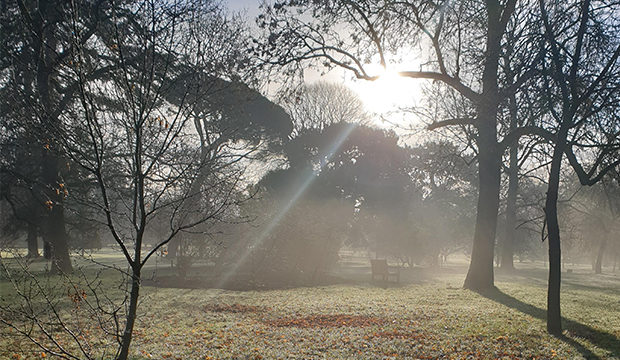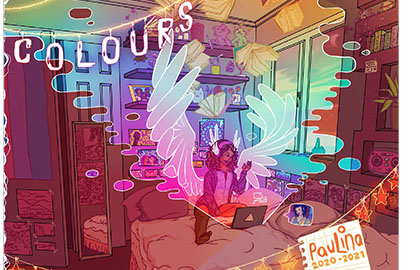Art & Design
At St Paul’s, art, history of art, craft, design and IT are integrated to facilitate a rich and diverse curriculum. At its core is our desire to nurture creativity. We believe in the fundamental importance of a practical and visually sensitive education for all pupils. We believe that the fruits of practical learning affect the well-being and satisfaction of individual lives as well as the aesthetic and cultural life of the nation as a whole. Intelligent making is fundamental to human development, promoting motivation and self-esteem. Students thrive on the sense of achievement that creativity and hands-on learning brings.
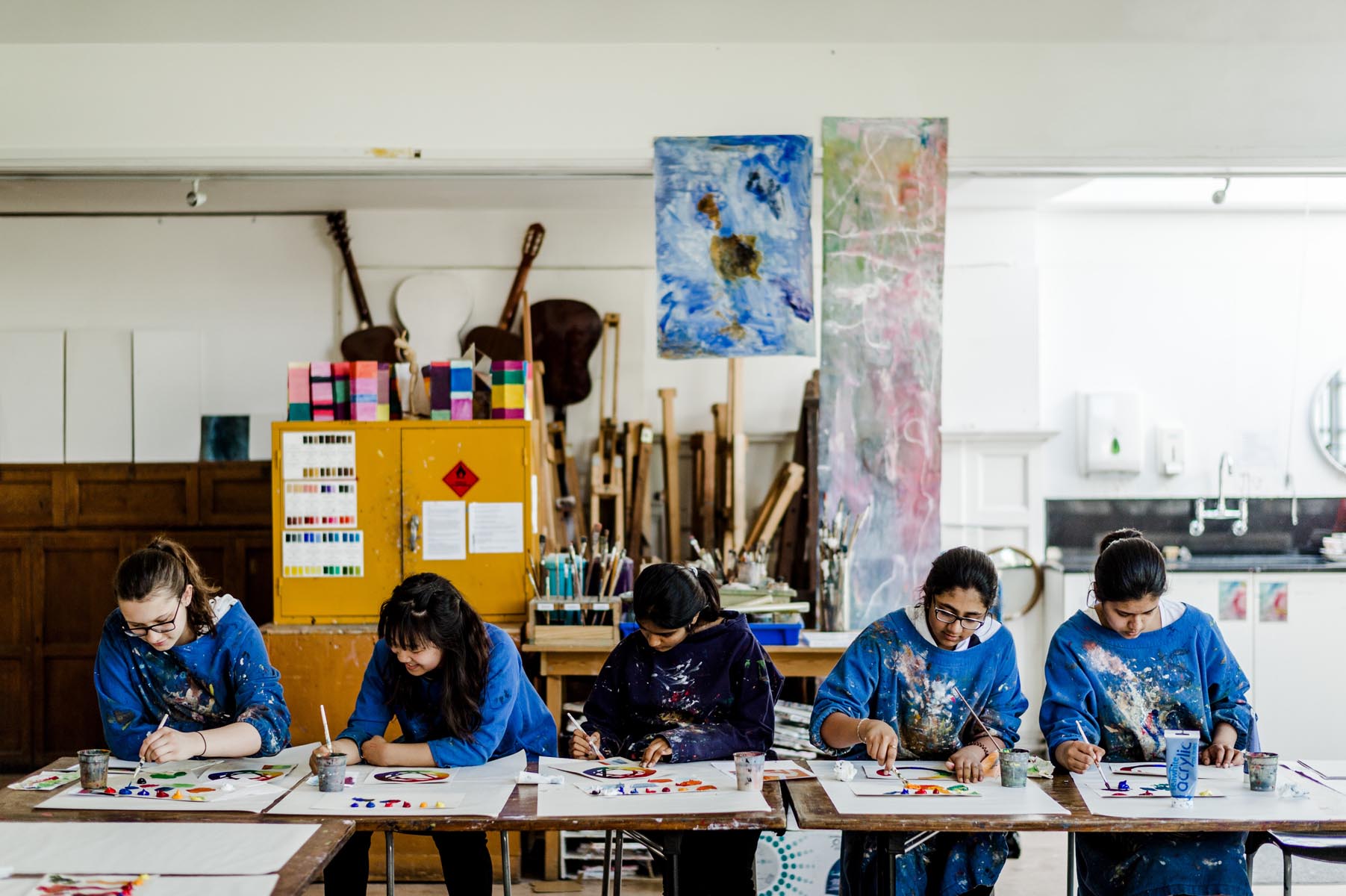
The department is comprised of a suite of specialised studios focusing in turn on sculpture, printmaking, ceramics, painting and drawing, digital art and new media, and a darkroom. Whilst the specialisation of the studios creates opportunities for sophisticated technical exploration in each area, the curriculum and teaching guides helps students experience and understand them as inter-related with interdisciplinary practice actively encouraged. In the first three years, students learn a core of transferable skills and spend time in each of the studios, gaining experience that means from the V (Year 10) upwards they can be granted a great deal of flexibility to explore ideas and processes in a highly personal way.
Middle School
For over 20 years the school has offered its own visual arts course as an alternative to GCSE art. Around half of the year group choose it as one of their options every year. After a series of introductory modules in the different specialist areas, students go on to produce four coursework projects, three of a practical nature and the fourth a written investigation placing their own work within a wider art-critical context. The course concludes with students curating their work as part of a large exhibition in the Great Hall, rather than with a terminal exam. During the course students have full access to and support in all of the studios, moving freely and confidently between spaces and processes to create a wonderfully diverse range of artwork that spans large paintings, photographic series and innovative printmaking to installation and conceptual pieces, film, sculpture and ceramics.
V (Year 10) students are able to study history of art, working over two years towards an AS level. Frequently students will opt for both the visual arts course and history of art, which are viewed as complementary. Practical skills are not necessary for the study of history of art, but a willingness to learn how to translate the complex visual worlds of architecture, painting and sculpture to cogently written analysis is essential. A good art historian is an acute observer who is curious about the relationship between art and society.
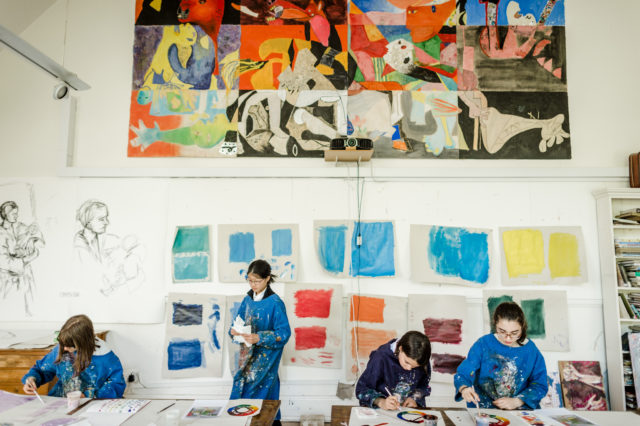
Senior School
In the Senior School, students can take both fine art and history of art for A level. Many students have gone on to study history of art at university, with some becoming professional art historians. In A level fine art we seek to build on the work of the earlier years, initially through a rigorously technical introductory course that equips students with the confidence and technical refinement to make ambitious and highly individual works later in the course. The newly linear art A level has opened up the first year of the Senior School course for an extended personal project before the summer term concludes with a collaborative design project. In the VIII (Year 13), students work on a personal study which fuses an extensively developed practical project with an academic piece of art-critical research and writing. Every year a number of students go on to study the visual arts and architecture at leading art schools and universities.
Beyond the classroom
The department is always busy with daily ‘Open Studios’ sessions. There are weekly life class sessions and meetings of History of Art Society, Junior Art Club and Gallery Society, whilst competitions such as Backtrack open up film-making to students throughout the school. Art historians have regularly excelled in the Articulation public speaking competition.
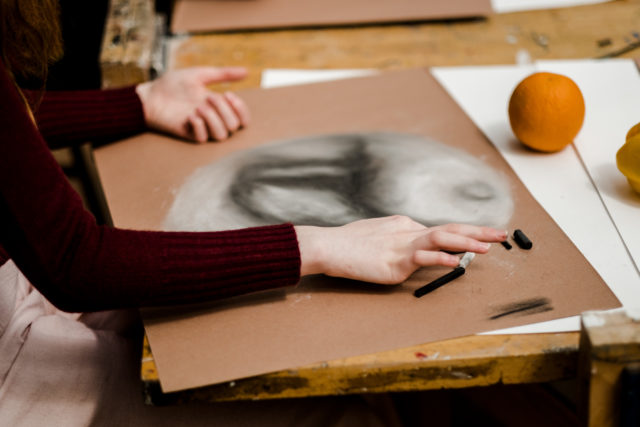
Our annual Artist-in-Residence programme brings established artists in to the school to work with students in the V (Year 10), most recently Helen Carnac and David Gates, whilst regular trips further support the Middle School course. A level fine artists join a visit to Berlin prior to the start of the VII (Year 12), where they can spend time working in artist’s studio. Students studying history of art have the opportunity to join a trip to Venice, viewing both the historical collections and architecture of the city alongside the Venice Biennale.
